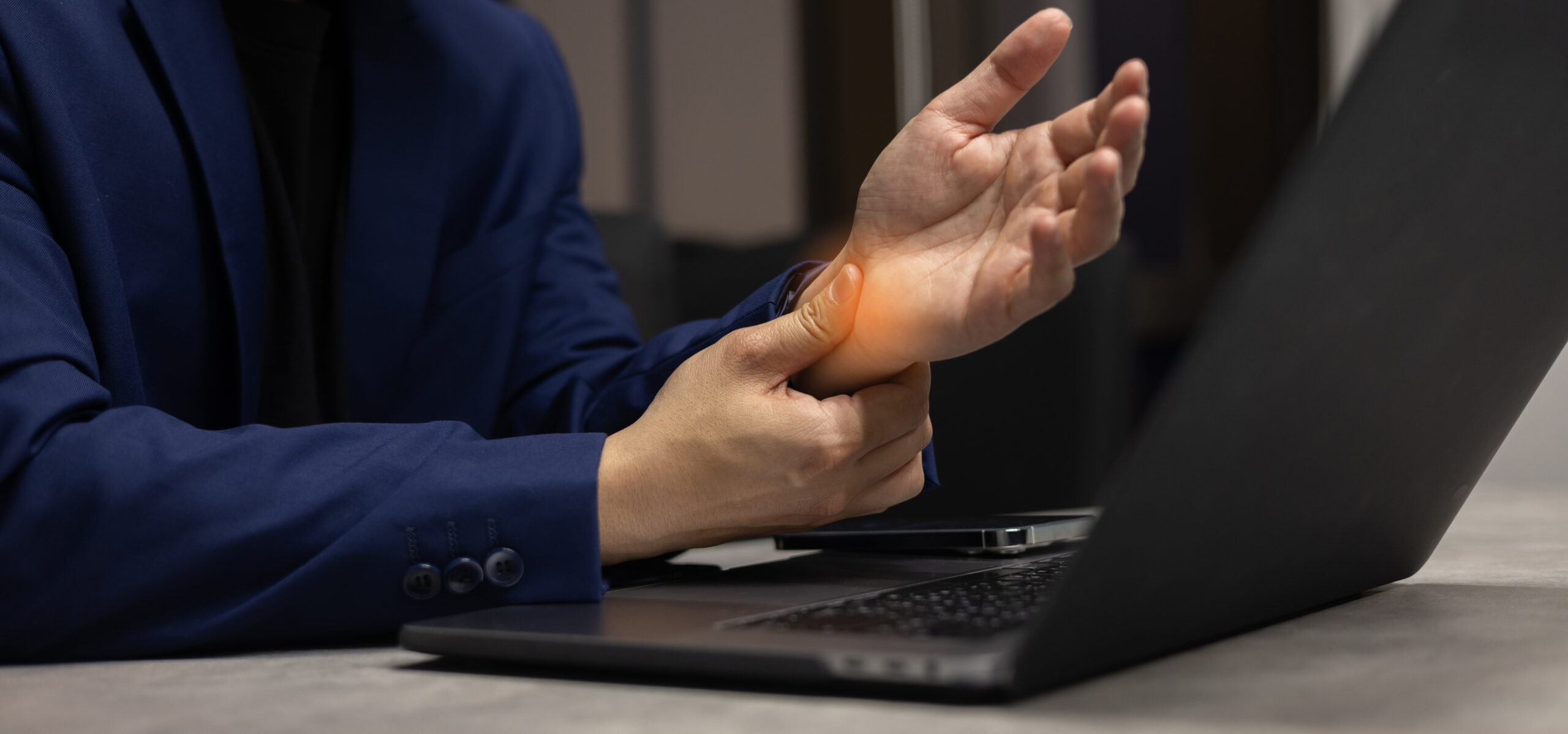
Preventing DeQuervain’s Tenosynovitis: Tips for Thumb Health
Published on February 4, 2024 by The Hand & Plastic Surgery Center of Katy
Our thumbs play a crucial role in our daily lives, from texting and typing to gripping objects. With the increasing use of smartphones and computers, thumb-related issues like DeQuervain’s tenosynovitis have become more prevalent. However, there are proactive measures you can take for tenosynovitis prevention to ensure optimal thumb health and prevent the onset of the condition. If you are concerned about your thumb, use the pointers here and consult a local practice in Katy.
Understanding Thumb Health
The thumb is a unique digit that enables precise movements but is susceptible to overuse and strain. Constant repetitive motions such as texting or using a computer mouse can lead to inflammation of the tendons around the base of the thumb, causing DeQuervain’s Tenosynovitis. It’s essential to be aware of potential risks and adopt preventive measures to maintain thumb health.
Ergonomic Workstations for Thumb Care
Creating an ergonomic workstation is a key step in preventing thumb pain. Ensure your desk, chair, and computer are set up to promote a neutral wrist and thumb position. Invest in an ergonomic mouse and keyboard to reduce strain during prolonged computer use. If you live in Katy, you can explore local office supply stores for ergonomic solutions.
Thumb Exercises for Tenosynovitis Prevention
Incorporate various thumb exercises into your routine to bolster muscle strength and reduce the risk of tenosynovitis. Start with simple thumb circles, rotating clockwise and counterclockwise, to enhance joint mobility. Gentle thumb stretches, resistance band flexion, and opposition stretches contribute to flexibility and coordination. Include a thumb squeeze using a stress ball to improve grip strength, and practice finger-to-palm touches for enhanced flexibility. Wrist flexor stretches and thumb abduction/adduction exercises target specific tendons, promoting overall joint health.
Perform these exercises regularly, paying attention to your body’s response, and consult a healthcare professional experienced in hand surgery if persistent thumb pain occurs. These preventative measures contribute to robust thumb health, which is crucial for patients facing the challenges of modern, digit-centric lifestyles.
Balancing Smartphone Use
As smartphones have become ubiquitous, so has the risk of thumb-related issues. When using smartphones, balancing your screen time and taking breaks to stretch your thumbs and hands is best. Consider using voice-to-text features when possible to minimize repetitive thumb movements.
Proper Hand Posture Matters
Maintaining proper hand posture is crucial for preventing thumb pain. When typing or using handheld devices, ensure your wrists and thumbs are in a neutral position. Avoid excessive bending or twisting of the thumb, as this can contribute to tenosynovitis. If your job in Katy requires computer work, you should consider local ergonomic assessment services for personalized advice.
Choosing Thumb-Friendly Tools
Making informed choices about the tools you use can have a profound impact on maintaining optimal thumb health. Seek out ergonomic office supplies such as pens and scissors designed to minimize strain on your thumbs. If you’re in Katy, you have access to a diverse range of thumb-friendly products available at local office supply stores and online retailers, ensuring that you can equip yourself with tools that prioritize your thumb’s well-being.
Mindful Rest and Recovery
Giving your thumbs time to rest and recover is essential in preventing tenosynovitis. If you engage in repetitive thumb movements throughout the day, schedule regular breaks to stretch and relax your hands. Consider practicing mindfulness techniques to reduce stress, which can also contribute to thumb pain.
Schedule a Consultation Today
If you’re experiencing persistent thumb pain or want personalized advice on DeQuervain’s tenosynovitis prevention, schedule a consultation with our expert plastic and hand surgeon, Dr. Dipan Das. He specializes in thumb health and can provide tailored recommendations to the residents of Katy. Don’t wait until discomfort becomes a more serious issue – take proactive steps toward thumb care today. Contact The Hand & Plastic Surgery Center of Katy today for a consultation.




